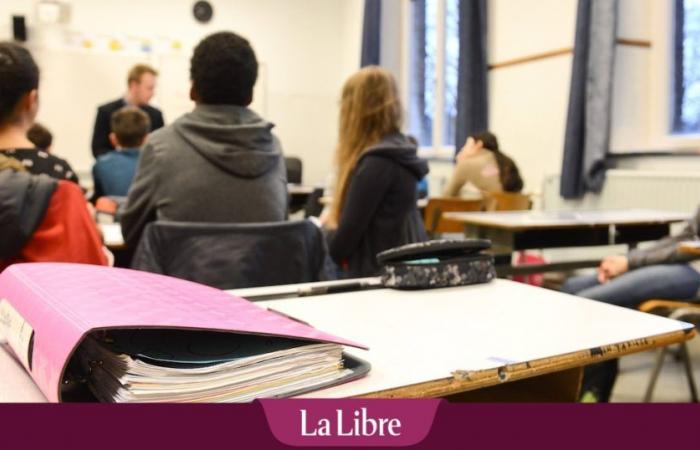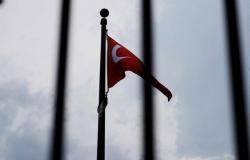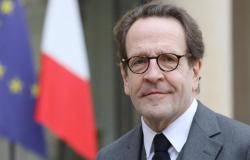Pisa studies (for international program for monitoring student achievement) regularly highlight the performance of students from OECD (Organization for Economic Co-operation and Development) member countries. 15-year-olds are thus assessed in mathematics, science and reading comprehension. These evaluations are often harsh for the Wallonia-Brussels Federation (FWB), whose results are rather average and show large disparities between students depending on their social origin.
During the last edition of the study, in 2022, students were also assessed in an innovative area: creative thinking. The ability of young people to innovate and create is indeed considered essential for the future by OECD member countries. Pisa was interested in the ability to think creatively in four areas: written expression, visual expression, creative scientific problem solving and social problems. Three types of skills were mobilized: the production of diversified ideas, the production of creative (original) ideas and the improvement of ideas.
“A significantly higher score”
What are the results for students in Wallonia and Brussels? ” On average, comment the authors of the study, OECD students have a score of 33. FWB students have a significantly higher score of 35. FWB is therefore one of the best performing education systems in this area. The highest scores are observed in Korea and three Anglo-Saxon countries (Canada, Australia, New Zealand). Neighboring countries (France, Germany, Netherlands) have lower scores than the FW-B. »
The FWB has some remarkable characteristics: “Very few students (2%) are “below the threshold” of competence for creative thinking. No gender difference is observed (in many countries, boys perform slightly lower than girls). The results are influenced by the socio-economic level of the students, but the extent of the gap according to social origin is here comparable to that of the OECD, whereas it is, in FWB, much higher in the other areas assessed by Pisa. »
An ability to generate diverse and creative ideas
In Wallonia and Brussels, as in other OECD countries, these are the dimensions “generating diverse ideas” (48% completely correct responses in FWB, 43% in OECD) and “generating ideas creative” which are the most successful (48% in FWB and 44% for the OECD). Improving ideas is a slightly more complex skill (34% success in FWB, 32% for OECD).
And among the four areas assessed, creative thinking in written expression is the most successful (55% FWB – 50% OECD), followed by creative thinking to solve societal problems (43% FWB, 39% OECD) . Creative thinking in visual expression is an area where FWB students have a result that stands out more from the OECD (39% FW-B, 32% OECD). Finally, creative thinking in solving scientific problems is the most complex area for 15-year-olds, whether in FWB (35%) or at the international level (32%).
New Pisa survey: while waiting for the results, here is everything you need to know about these tests
A positive attitude
The researchers further note that FWB students have positive attitudes towards creativity (they enjoy coming up with new ideas and being stimulated in this direction) and also feel stimulated in this direction in their home environment. On the other hand, even if more than half say that their teachers value finding diverse or original solutions to a problem, we note that these percentages are lower than at the international level. In addition, nearly 70% of young French speakers think that creativity cannot be worked on.
In summary, summarize the Belgian researchers, “young French-speaking Belgians are on average better equipped to respond to societal challenges linked to the ability to think creatively, both in terms of skills, feelings of self-efficacy and positive attitudes. Creative thinking skills as assessed in Pisa are developed at school through courses that develop written expression, visual expression, and each time teachers from different disciplines value original or varied solutions. Compared to other countries, too many students still think that school places little value on creativity, and too many think that creativity is a form of gift that one has or not. »
“The results of Pisa 2022 show that there is great potential for creativity among young French-speaking people, they conclude, even though the new standards promoting creativity and the PECA (artistic and cultural education pathway) should create an educational environment where these skills will be more valued. »






